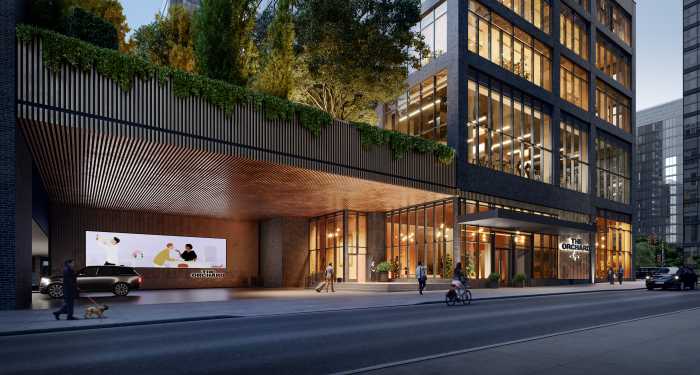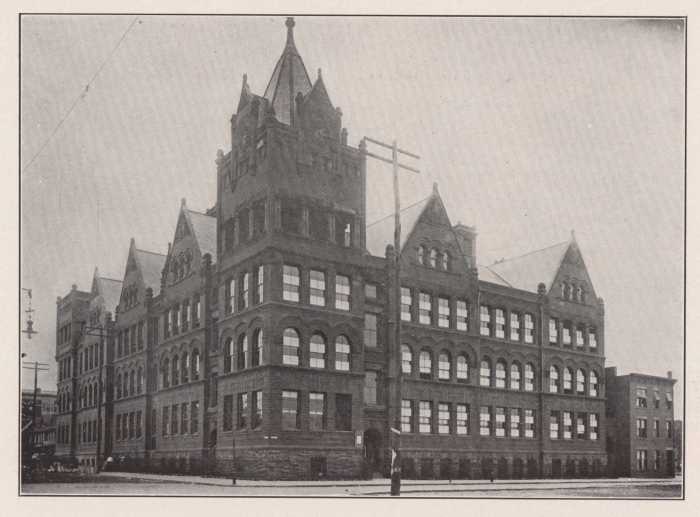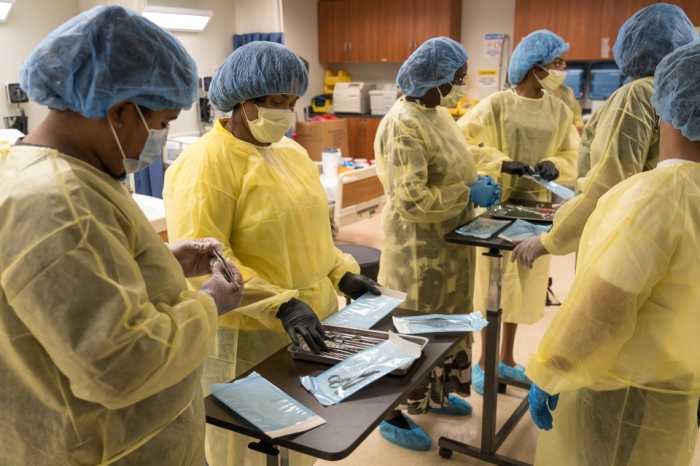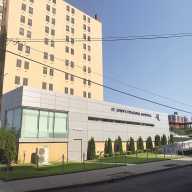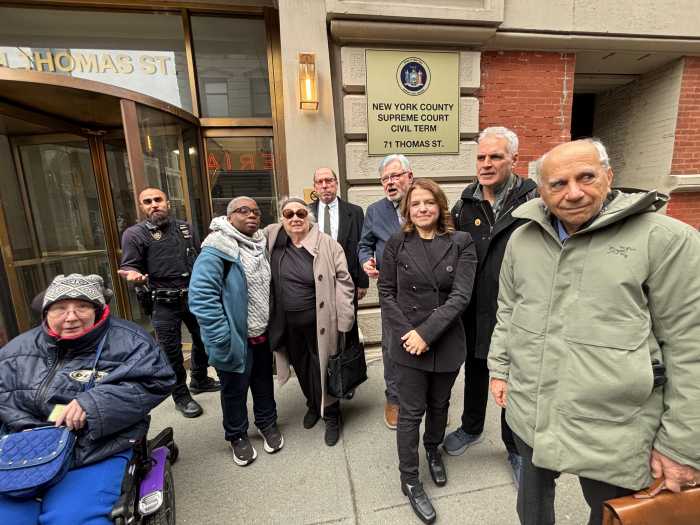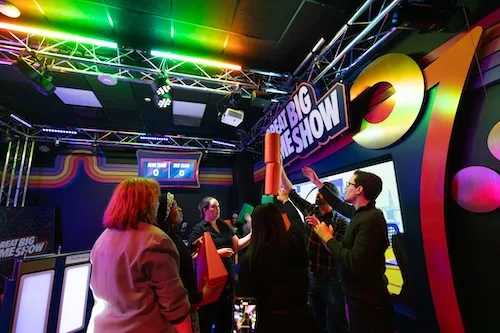A new place to view the Manhattan skyline will be available in spring 2006.
Rockrose Development Corp. announced plans to build the first of seven apartments on waterfront property in Long Island City starting next August. The development is part of a larger project in Hunters Point by Queens West Development Corp., a subsidiary of the Empire State Development Corp., to bring more residential and commercial space to the area.
In a deal completed on September 19, Rockrose purchased the 21-acre site from Pepsi-Cola, the popular soda company that, until 1999, had its bottling plant at the location. Rockrose officials explained that, although it paid for the property, the land was deeded to Queens West, which it will in turn lease to the development company for $1 annually for 99 years.
East Coast, the designated name of Rockroses future waterfront community, will encompass the northernmost section of the project. It will have 3,000 residential units.
The first building, a 32-story glass structure designed by Arquitectonica, will house studios, one-, two- and three-bedroom units. Part of the property will be set aside for parks and public space, including a waterfront esplanade, a two-acre active recreation park and streets.
"I think that the entire area [the former Pepsi site and Queens West] is critical to the residential development in Long Island City," said Gayle Baron, executive director of the Long Island City Business Development Corporation. "The Rockrose project is part of the critical mass in the development of the waterfront property."
According to Empire State Development Corp. officials, the lure of the residential apartments will be their great views and their proximity to Manhattan. Grand Central Station is a one-stop subway ride on the No. 7 line. The area is also easily accessible by the Midtown Tunnel and Queensborough Bridge.
"The goal is to create a 24-hour-a-day community," said Alex Dudley, a spokesman for Empire State Development Corp. "There will be residential and commercial development as well as open space and parks."
Rockrose was chosen as the developer in February 2001. At the time, K. Thomas Elghanayan, president of Rockrose, shared his reasons for why the development would be a key residential living center.
"Midtown needs to expand and this is where its going to go," said Elghanayan. "Queens West will be New York Citys antidote for the intense competition for tenants that the New Jersey waterfront developments are creating."
The East Coast development is part of a larger $2.3 billion residential and commercial development project covering 74 acres at Hunters Point. The project is broken into four stages of development, with East Coast being stage two. Stage one began with AvalonBay Communities, Inc. breaking ground in December 2000. The development group is building three residential towers. Two of these buildings, City Lights Tower and AvalonBay Riverside Tower, have already been constructed and are at 95% occupancy.
LCOR development was awarded stage four, a commercial district of 13.5 acres of the waterfront property. Plans for this area include office space and new retail and hotel developments. At the time LCOR was announced as the developer, in January 2001, LCORs executive vice president and principal, Kurt Eichler, expressed his reasons for investing in Queens, saying, "As the Manhattan midtown and downtown markets have been squeezed to historically low levels of vacancy, tenants will increasingly look to nearby edge cities."
Stage three, the southernmost end of the waterfront project, adjacent to Newtown Creek, is still awaiting development, though four residential dwellings in this section with approximately 2,200 units are expected. Ten thousand square feet of retail space will also be available there.
An Olympic Village is also slated for the southern section of the waterfront, as part of New York Citys bid for the 2012 Olympic Games. NYC2012, the organization leading the charge for the international competition, has recently invited architects and designers from all over the world to submit renderings. "Its the heart of our bid to bring the olympics to New York," said Alexander Garvin, director of Planning, Design and Development. "Athletes will be able to go to all competition sites by designated ferries or designated trains." The village would house 16,000 athletes and coaches. It would also include support facilities for eating and practicing. Garvin said it would be the first time that all the athletes would be able to get to their competition sites within 25 minutes. Following the Olympics, the apartments would become residential housing for 18,000 New Yorkers.
Submissions are due by November 17, 2003, and a winner will be announced in May 2004. Garvin said that, regardless of New Yorks chances at winning the 2012 Olympic bid, it will go ahead with the village. "We will be working closely with Queens West Economic Corporation," he said. "We hope to set the standard for these communities going forward."
The Rockrose development site, a spot directly across the East River from the United Nations building, holds a familiar sight for soda lovers. Since 1936, a vibrant red, cursive-script Pepsi-Cola sign with an old-fashioned bottle as an exclamation next to it has stood on the bottling plants roof. The de facto NYC landmark received a makeover in 1994. As part of the recent sale, the sign will stay up, allowing New Yorkers to gaze across the river at its neon hue. But it will be stored temporarily while the bottling plant is demolished in the next few months and during construction.

